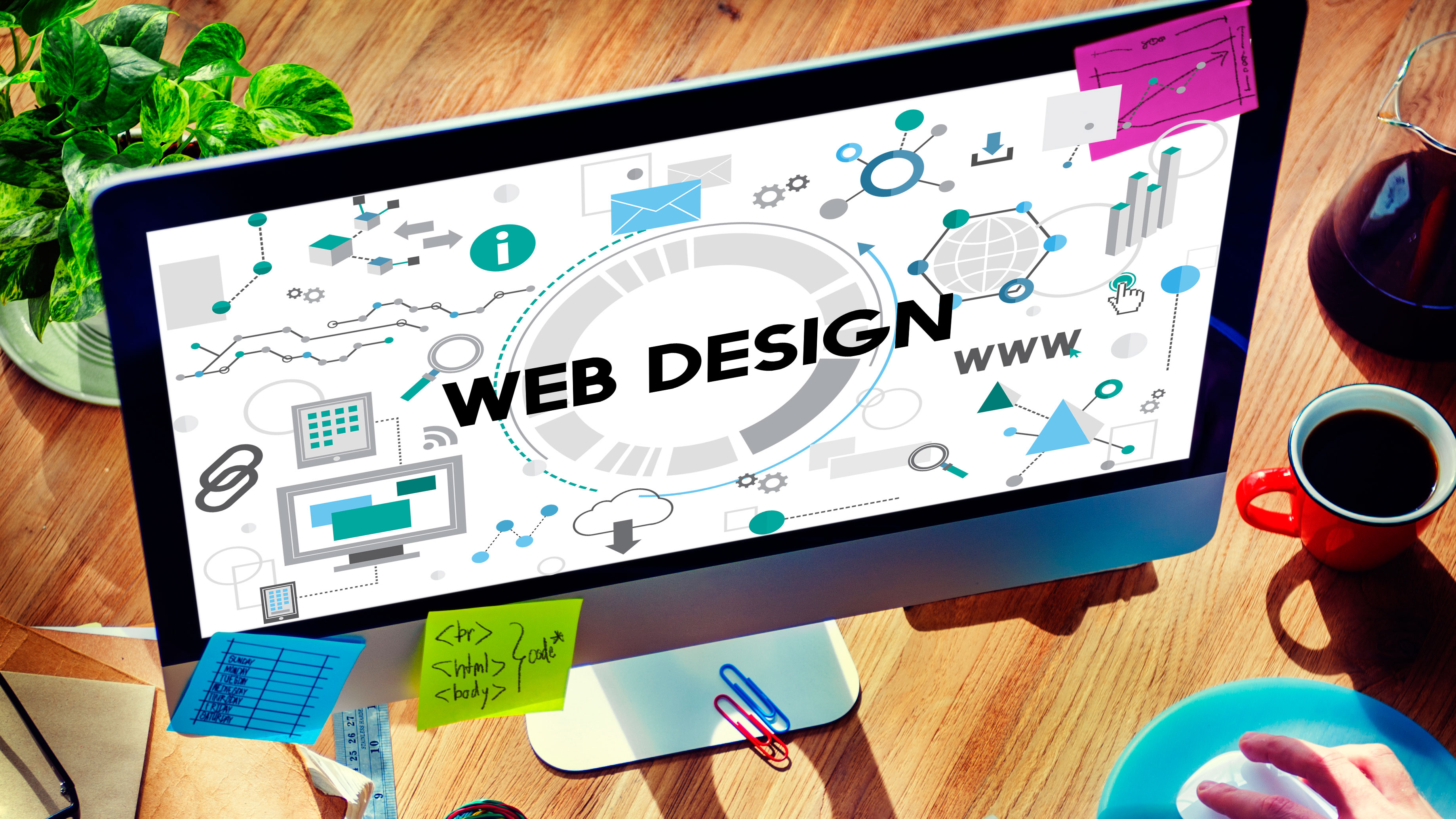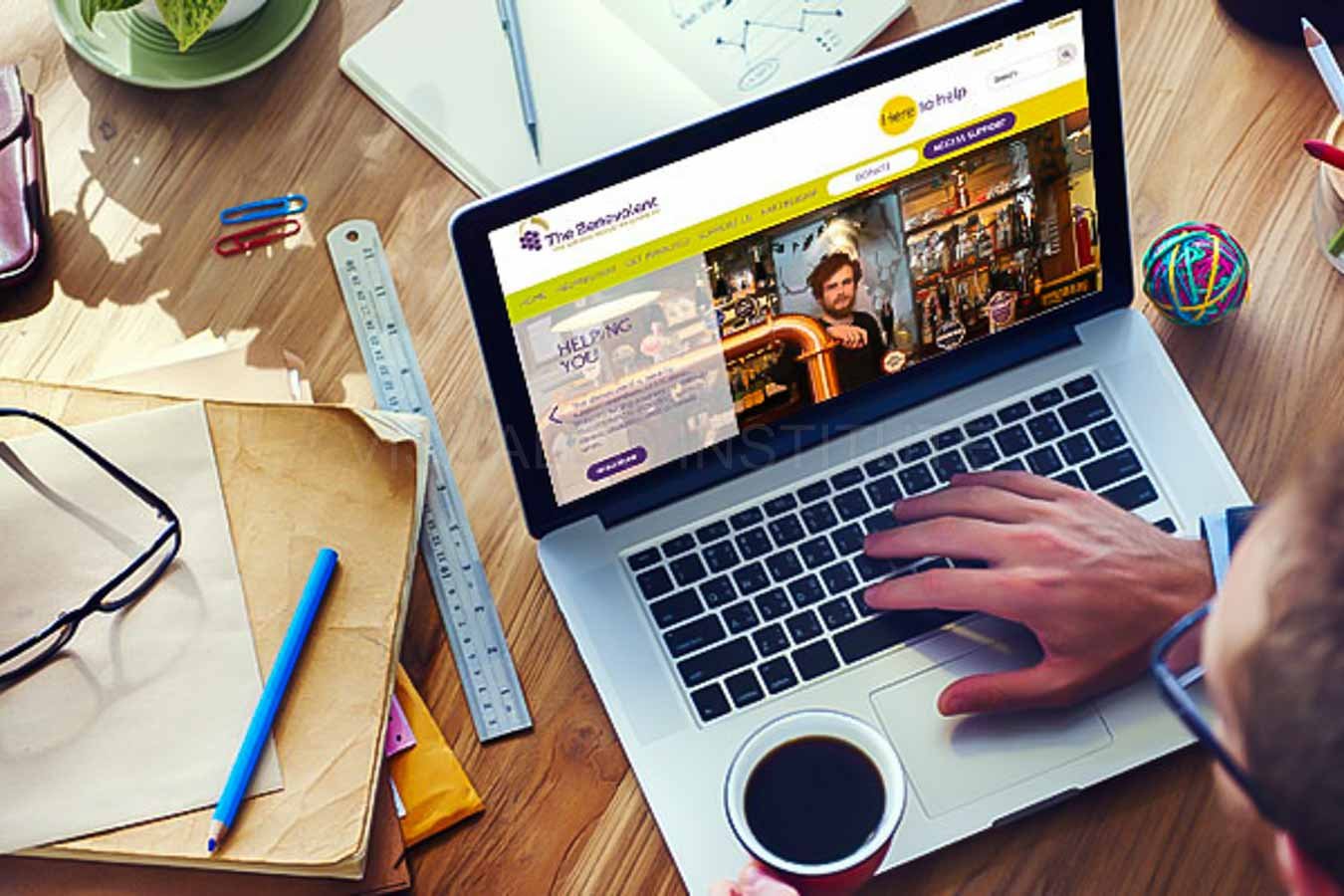Affordable Aligned Position Web Design: Top-Notch Web Design Services at Competitive Prices
Affordable Aligned Position Web Design: Top-Notch Web Design Services at Competitive Prices
Blog Article
The Very Best Kinds of Website Design to Enhance Customer Experience and Interaction
In the ever-evolving landscape of digital communication, the effectiveness of website design substantially affects customer experience and interaction. Various layout approaches, such as minimal, responsive, and interactive designs, each deal unique benefits that can accommodate diverse user requirements. Recognizing which kinds of website design ideal serve these objectives can be critical for companies aiming to improve consumer satisfaction and retention. The question remains: which style components truly reverberate with individuals and foster meaningful engagement? The expedition of these principles exposes crucial insights that may redefine your technique to website design.
Minimal Website Design
As digital landscapes become progressively chaotic, minimalist website design has actually become an effective method to boosting customer experience. This design approach focuses on simpleness, concentrating on important aspects while getting rid of unnecessary interruptions. By using sufficient white area, straightforward navigating, and a limited shade scheme, minimal layout fosters quality and directs user interest to key content.
The core principle of minimal Web layout is to create a smooth communication for users. By minimizing cognitive lots, users can quickly comprehend details without really feeling bewildered. This direct method not only boosts functionality however likewise motivates engagement, as visitors are more probable to discover a site that is very easy and visually attractive to browse.
Additionally, minimalist style frequently highlights typography and images, making use of these components tactically to communicate messages effectively. This concentrate on essential parts can improve brand name identity and create an unforgettable customer experience. Essentially, minimalist website design is not simply a pattern; it is a thoughtful approach that identifies the value of user-centered design. By removing away extraneous components, developers can create a much more interesting, efficient, and satisfying Web experience for all individuals.
Responsive Website Design
In today's diverse electronic atmosphere, responsive Web style has become vital for developing a seamless user experience throughout a wide variety of devices. As customers gain access to web sites on mobile phones, laptops, tablets, and desktops, the capacity of a site to adjust its layout and web content to different screen sizes and resolutions is essential.
Receptive website design uses flexible grids, pictures, and CSS media queries to guarantee that Web material is provided efficiently, despite the gadget made use of. This method not just improves the aesthetic appeal of a website but additionally dramatically boosts functionality. Customers are more probable to involve with a website that supplies a consistent experience, as it eliminates the irritation of needing to zoom in or scroll excessively.
By embracing receptive layout, businesses can improve their presence and get to a wider audience. In summary, responsive Web style is a fundamental practice that boosts user experience, engagement, and total satisfaction.
Interactive Website Design
Receptive website design lays the groundwork for improving customer experience, however interactive website design takes this a step further by involving individuals in a more vibrant means - Aligned Position Web Design. By including components such as computer animations, clickable models, and real-time feedback, interactive website design mesmerizes users, attracting them right into a richer browsing experience
This technique not only fosters involvement but additionally urges individuals to explore material actively as opposed to passively consuming it. Methods such as gamification, where customers make incentives for completing tasks, can significantly enhance the moment invested in a site and boost overall complete satisfaction. Interactive features can simplify intricate details, making it a lot more absorbable and satisfying.

Incorporating interactive layout elements can also result in higher conversion prices, as individuals are more probable to engage with a website that actively involves them. Aligned Position Web Design. Eventually, interactive Web style transforms individual experiences right into memorable trips, making certain that visitors return time after time
Flat Design
Identified by its minimalistic strategy, flat design highlights simpleness and capability, removing unnecessary components and focusing on important features. This design ideology prioritizes use, guaranteeing that customers can navigate interfaces easily and efficiency. By utilizing a clean visual, level style eliminates the clutter often located in extra luxuriant styles, therefore enhancing customer concentrate on web content and performance.
The hallmark of level layout hinges on its use of strong colors, straightforward typography, and geometric shapes. These aspects add to a visually enticing interface that is both approachable and contemporary. Furthermore, level design cultivates a sense of clarity, allowing users to determine crucial activities and information without distraction.
Additionally, level design is specifically efficient in receptive Web style, as its simplicity translates well across i thought about this numerous tools and screen sizes. The absence of elaborate structures and slopes reduces loading times, which is essential for preserving user involvement. As electronic landscapes proceed to develop, level style remains a relevant option for creating user-friendly internet sites that boost general experience. By focusing on important features, flat style not only fulfills user demands but likewise encourages smooth communication, making it a vital element of reliable Web layout strategies.
Adaptive Website Design
Adaptive Web layout customizes the user experience by developing multiple fixed layouts tailored to various display dimensions and tools. Unlike receptive design, which fluidly adjusts a single layout, adaptive layout employs unique formats for details breakpoints, ensuring ideal discussion on numerous platforms. This approach allows designers to concentrate on the one-of-a-kind characteristics of each device, improving functionality by supplying exactly what individuals require based upon their context.
One of the primary benefits of flexible Web style is its ability to optimize load times and performance. By offering customized web content and photos that fit the individual's device, websites can decrease data use and enhance loading rates. This is particularly beneficial for customers with slower connections or restricted information strategies.

Additionally, flexible style assists in a more consistent and regulated branding experience. Since designers create several layouts, they can make sure that the aesthetic aspects line up with the brand's identity throughout different systems - Aligned Position Web Design. This causes a natural individual experience, improving interaction and advertising user retention
Conclusion
In final thought, the combination of minimal, receptive, and interactive website design principles considerably enhances user experience and interaction. Minimalist layout cultivates quality and focus, while receptive design ensures flexibility across different devices, promoting ease of access. Interactive layout captivates users via vibrant elements, urging exploration and personalization. Jointly, these layout approaches add to the production of straightforward environments that not only boost satisfaction but also drive greater conversion prices, my review here highlighting their critical importance in contemporary website design techniques.

Minimal style fosters clarity and focus, while receptive design guarantees versatility across numerous devices, promoting access. look at more info Jointly, these style approaches contribute to the development of easy to use environments that not only enhance complete satisfaction however likewise drive higher conversion rates, underscoring their vital relevance in modern Web layout techniques.
Report this page